by Wallace Wyss –
Back in 1964, Ford announced the mid-engined low slung race car, the GT40, and though its primary purpose was to win LeMans (which it did in 1966) the attempt to make a road car version was a flop. Oh, a few were sold but they were hot inside and had limited rearward visibility. Even when the Mk. III was made with air conditioning, it was just too far a bridge to cross to make it roadable. Only seven of that model were made.
This may explain why the mid-engined Mach 2 (or Mach II) show car was built. That used a Mustang floor pan that was strengthened up especially in the front where a tubular subframe was added.
Some say it was the personal design of Design chief Gene Bordinat, but I don’t see any link to his other designs. If anything, it is going back to the early GT40 designs when the car had a pointed needle nose (which caused a lot of problems with uplift in ’64).
The Mach 2 was engineered by the same chief engineer that did the GT40, British born Royston Lunn. It was Lunn who had advanced the idea of a mid-engined Ford racing car greatly by making sure the Mustang I show car would be a working car that could be driven around a race course. As it was, by no less than Dan Gurney (in 1963, Watkins Glen GP halftime show).
POLITICS INTERVENE
Now of course we come down to the reasons why it didn’t go any further than a show car. This may be solely due to internal politics. You have to remember that Carroll Shelby was still tied to Ford at this point (though technically after they won at LeMans in ’67 they didn’t need him anymore).
Shelby himself was developing a mid-engine road car, the Lone Star, which was being built over in the UK as a prototype with zilch input from Ford. Ford had moved Shelby Mustang production over to a supplier in Michigan so all that was left between them and Shelby was a contract to race Boss 302 Mustangs and Shelby still being the spokesman for the Shelby Mustang (offered through model year 1970)
In fact when Shelby brought his Lone Star back to the U.S., Ford was not interested in seeing it, having recently phased out the 427 Cobra, so the car was sold off for $15,000 and today belongs to a famous Cobra book author who is slowly restoring it to showroom condition.
The Mach II made its premiere at the Chicago 1967 Auto Show, and was shown occasionally up to 1970, before it disappeared from the show car line-up.
It carried a 289 Mustang engine like the GT40, even combined with a ZF five-speed transaxle as in the GT40. The radiator was still up front.
The rear suspension was fully independent with half shafts, and had additional lower links with parallel trailing arms. Coil springs with adjustable Konis were used all around and the shocks being adjustable, you could stiffen the ride if need be. Brakes were an odd combination of disc brakes in front and Galaxie drum brakes rear.
Another reason to explain the car’s existence was simply to at each auto show, counter GM’s mid-engine Corvair powered Monza GT,also a fully drivable car. GM was coming out with one mid-engine show car after another, including the Astro II and the XP-882 which became temporarily the Four Rotor before the rotary fell into disrepute and it was saved by renaming it the Aerovette.
KAR KRAFT WAS THE BUILDER
Ford had this outside shop fabricating their show cars, which had so much work it might as well have been inside. The name was Kar Kraft. Reportedly Kar Kraft built the Mach 2, or II, but also whacked out a mid-engined Boss 429 Mustang. You accessed the engine through a lift up hatchback. That car was thrown away though it is rumored someone saved the engine, transaxle and rear suspension.
DE TOMASO COMETH
Another reason the Mach 2 probably never got “green lighted” as it were was because in 1966 DeTomaso showed the Mangusta. Which was a better looking car and already fully engineered (though its engineering didn’t mass muster with Ford engineers). Oh, Bordinat bought one for his own personal car, and there was even a rubber-nose one built at Ford Design Center to see how it could be adapted to the coming bumper laws, but Ford didn’t like the way the car was built and ordered the unitized body Pantera to bring to America in 1969 even though all they saw of it before they placed the order was a crude wooden scale model.
They thought at least it would be build better than the Mangusta because it would be built at Carrozzeria Vignale who were making Maseratis at the time. The marketing guys at Ford probably figured, if we import a car that’s already been designed and engineered by someone else, it will cost us less, but as soon as Panteras started arriving, Ford learned the hard way about ordering a car before you had one to test, as they had to spend lots of money correcting flaws, including recalling the first 100 cars to rebuild the front suspensions.
“BUY ITALIAN BECAUSE THAT’S WHAT THE BOSS WANTS”
You have to understand the climate at Ford at that time. Henry Ford II, grandson of the original Henry Ford, was going through his “Italian period” and loved all things Italian and was hell bent on buying an Italian company with a coachbuilder’s badge (Detomaso sold him Ghia and Vignale) so he could add that bit of Italian class to Ford products, which after all, still had a residue of a made-in-America-for-plain-folks image stemming from the first Model T Fords.
So the marketing department had to buy Italian, even if Ford could have made a better mid-engined car in America.
The truth is that mid-engined cars are better at handling than front engine ones but have a much smaller market. Yet, here we are, looking at model year 2017 where Ford is coming back onto the market with yet another mid-engined production car. It’s an idea that never quite goes away, especially when firms like Ferrari make it clear that to be King of the Road, you have to go mid-engined. An irony is that the new 2017 Ford GT is made in Canada, which to me doesn’t say “exotic.” (OK Canada leads the world in mukluk production, but I ask do we care?)
Ford also developed a follow up, the Mach 2C, with completely different styling by Larry Shinoda, who had come over from GM with “Bunkie” Knudsen. But when Bunkie was fired. Larry left too, and that project was round filed. Besides, the Pantera was already in the production pipeline by then.
There’s still one little mystery about the Mach 2. I say here that they made one but I have seen a picture from a filmed interview of a Ford family member with one and, in the background, on a hoist, there’s another one. Meaning there were two. Now that could have been a clay model, but, if so, why put it on a hoist? And I remember reading some Aussie rally driver (Alan Moffat?) was testing one for rallying. If it was ever developed I don’t remember hearing that one ever raced.
So there’s a mystery there that someday someone will be unearthed….if only Ford had finished that car and it had won some races, then they could have beat the Stratos, maybe even got it into production to fight the Ferrari Dino.
”If only” is a phrase that you hear often in car circles….all I know is that Moffat went back to Australia and became a wealthy man, doing better financially than most race drivers. Maybe the Mach 2 racing prototype is in his garage?
Let us know what you think in the Comments.
THE AUTHOR: Wallace Wyss is the author of SHELBY: The Man, the Cars, the Legend (Enthusiast Books, Hudson, WI)
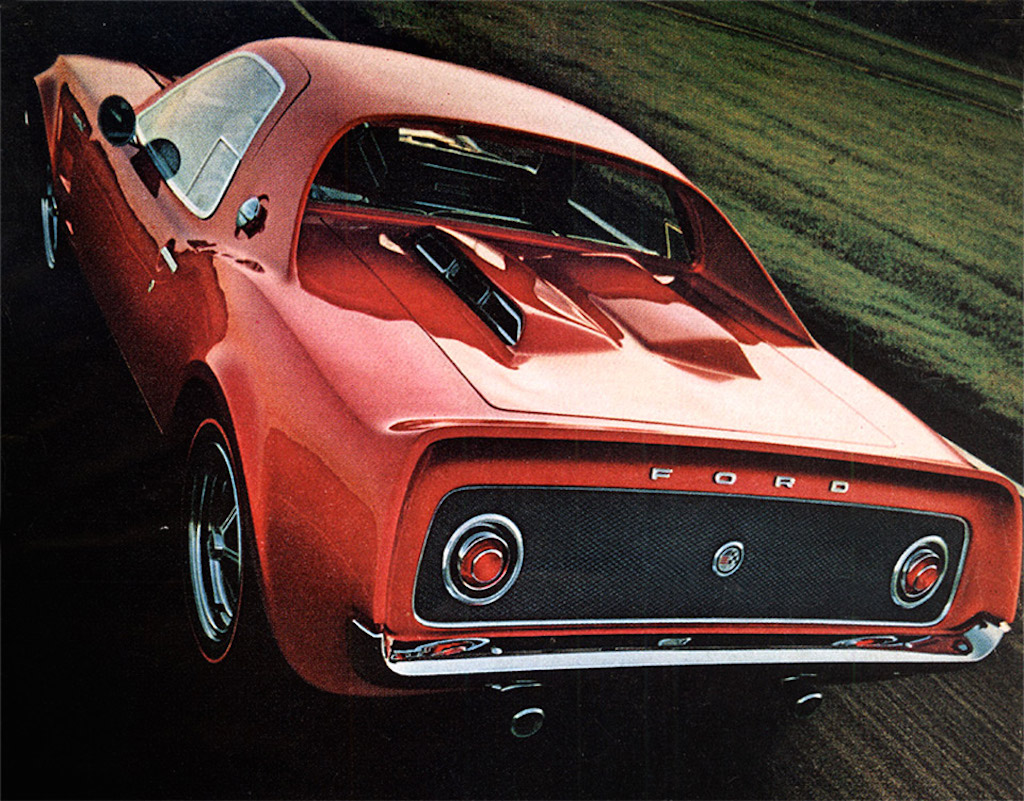
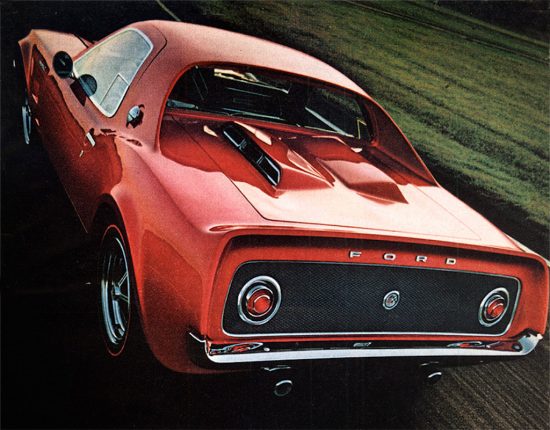
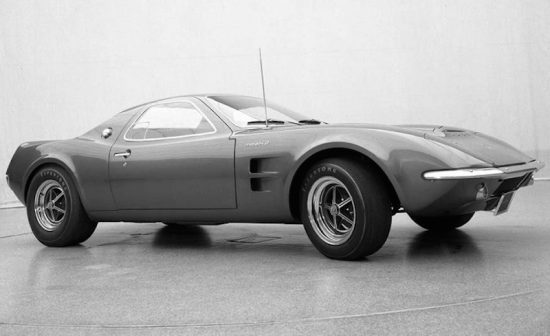
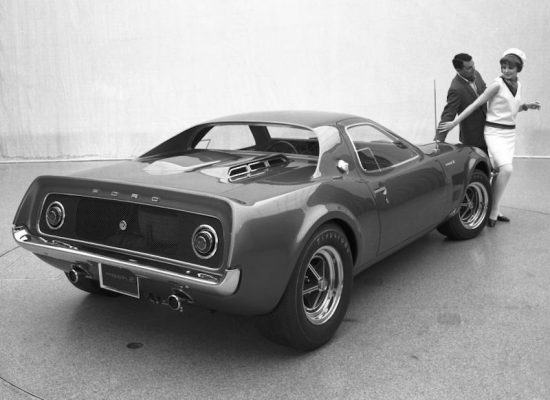
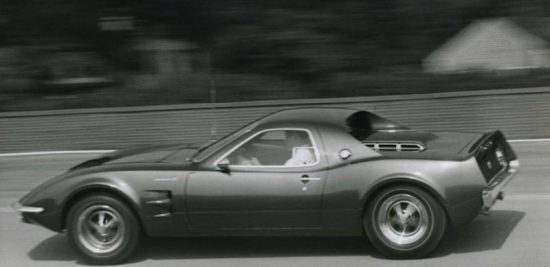
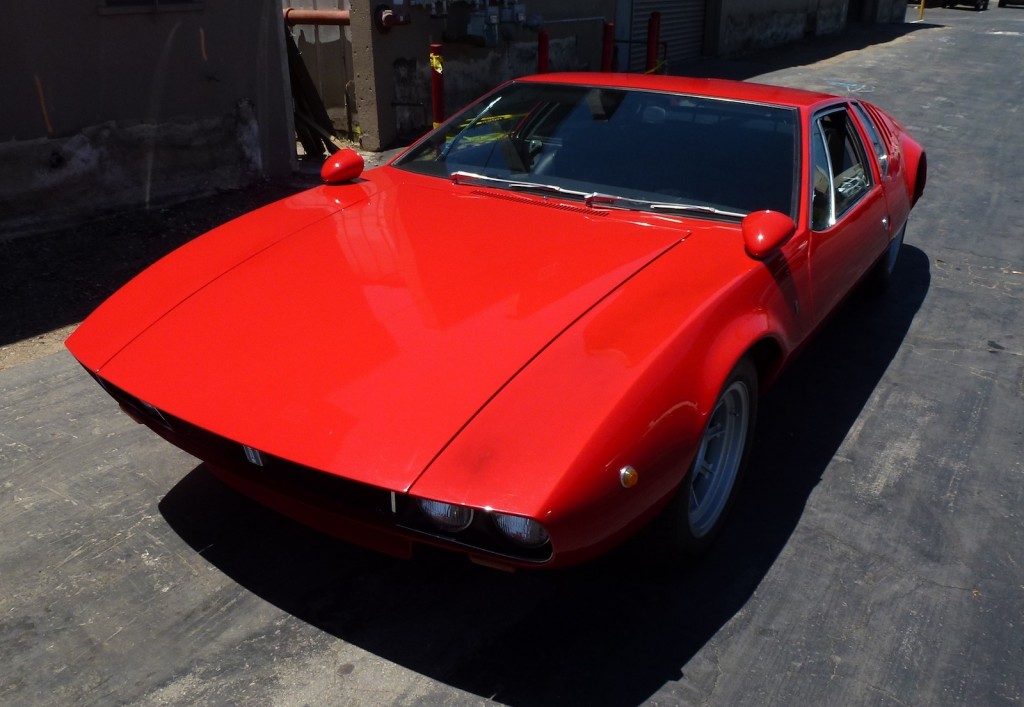
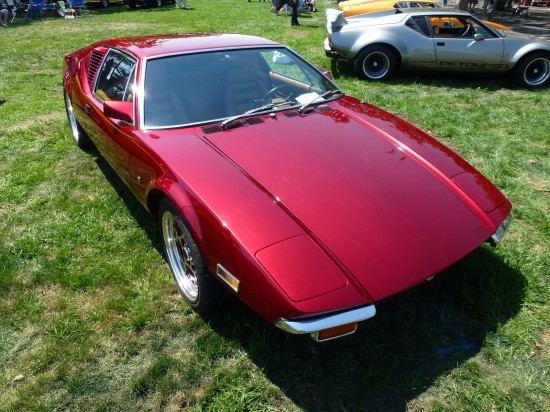
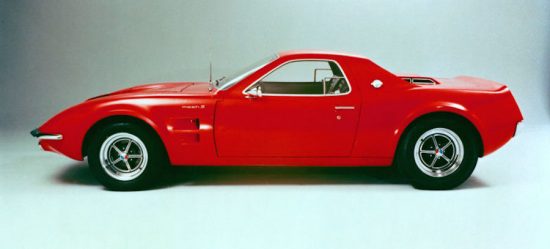
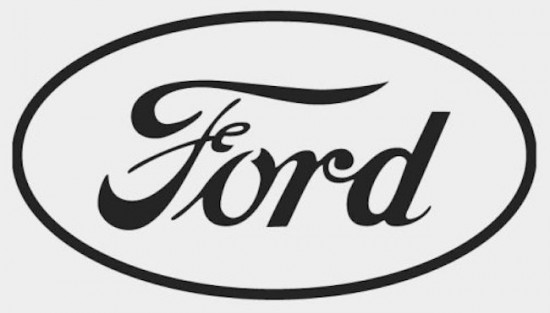
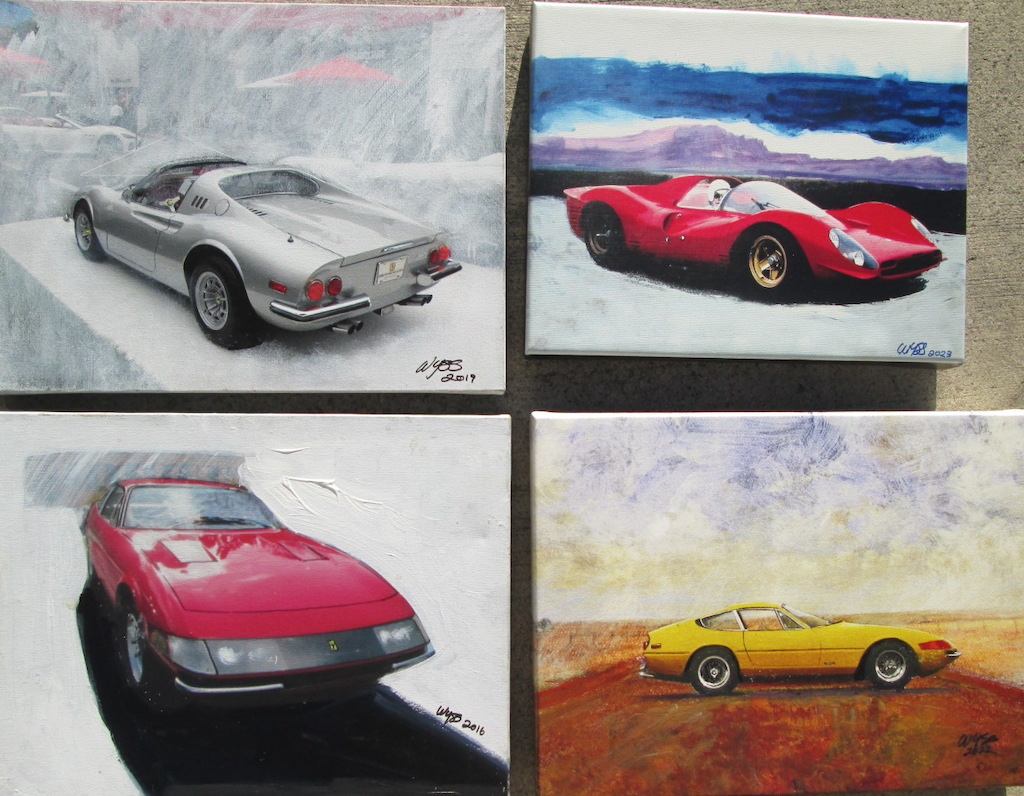

“The Mangusta. Which was a better looking car…..”: Understatement of the decade. Thanks for another fun article from Mr. Wyss.
Eugene Bordinat’s personal car was the rubber and leatherette nose covered Mangusta #1196, also known as the (Bordinat Mangusta Ghia) you speak of, and it was modified and studied from June, 69 to its finished primary prototype days in Nov, 71. This thin metal center section with strong front and rear subframes would be the opposite in drivers safety as the center section would crush inward the quickest from on axis impacts. Thanks Mr. Wyss.
Thanks Jeff,
At this link below are photos of your unique Mangusta which I shot last year during Monterey Car Week.
https://mycarquest.com/2015/12/here-are-photos-you-dont-see-everyday.html
Wallace, thank you for yet another fascinating article! Was this car displayed at the NYIAS? I vaguely recall Ford handing out posters of the car. I may yet still have it. Now I need to go look. : )
Yes there was a second lightweight Mach II that was extensively tested by Allan Moffat, but was never raced. Don’t know if either survived.